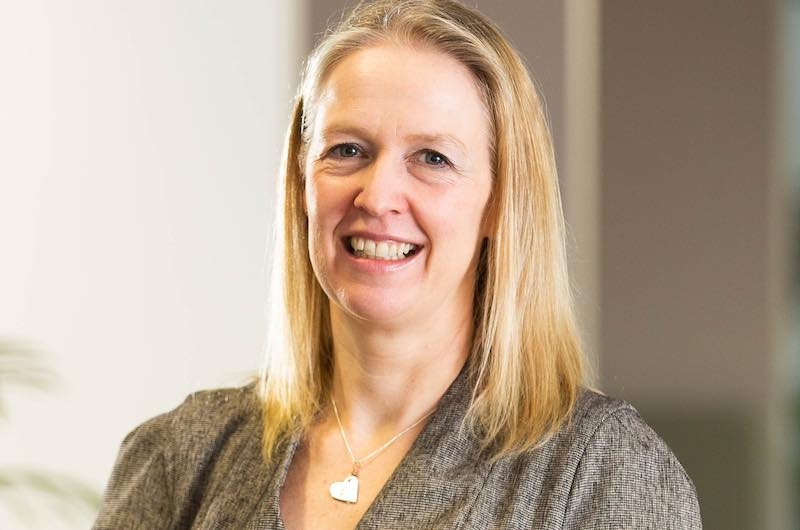Lisa Webster: Protection headaches for the masses?

The Treasury recently released its consultation paper on how the increase in normal minimum pension age (NMPA) is implemented. We have known for several years that the increase from age 55 to 57 was planned to take effect from 6 April 2028, so there is no surprise in the increase itself.
